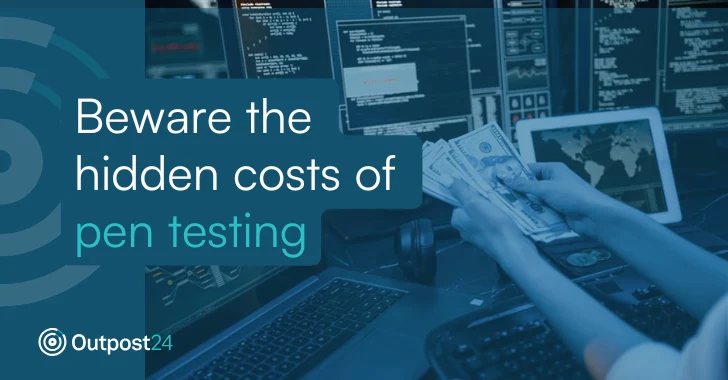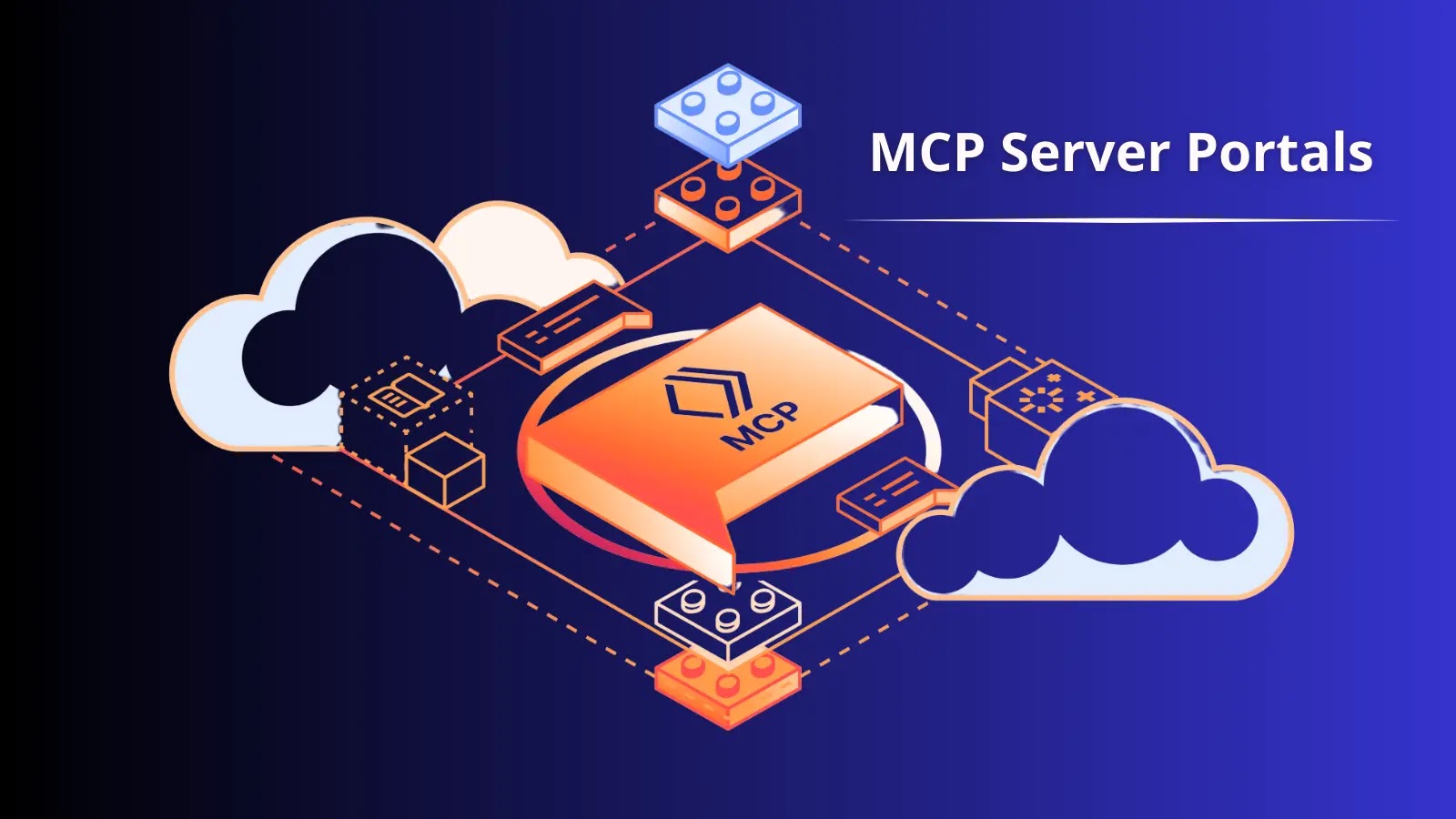Penetration testing, commonly known as pen testing, is a critical component in assessing and fortifying an organization’s cybersecurity defenses. By simulating cyberattacks, pen tests identify vulnerabilities within IT systems, offering insights into potential security gaps. However, while the benefits are evident, the traditional approach to pen testing can entail unforeseen costs that organizations must consider to ensure a comprehensive and efficient security strategy.
Understanding Penetration Testing
Penetration testing involves ethical hackers, or white hat hackers, attempting to breach an organization’s systems using techniques akin to those employed by malicious actors. This proactive measure not only validates the robustness of existing security measures but also highlights areas requiring improvement. The UK’s National Cyber Security Centre (NCSC) aptly compares pen testing to a financial audit, emphasizing its role in verifying the adequacy of internal processes.
The Multifaceted Costs of Traditional Pen Testing
While pen testing is invaluable, the conventional methods can impose significant financial and operational burdens. Recognizing these hidden costs is essential for organizations aiming to optimize their cybersecurity investments.
1. Administrative Overheads
Coordinating a traditional pen test involves substantial administrative efforts:
– Scheduling Coordination: Aligning the availability of internal teams with external testers can disrupt daily operations, diverting staff from their primary responsibilities.
– Resource Documentation: Compiling comprehensive system inventories and preparing access credentials are prerequisites for effective testing, demanding considerable time and attention.
2. Scoping Complexity
Defining the scope of a pen test is a nuanced process:
– Scope Definition: Determining which systems and applications are included or excluded requires careful deliberation to ensure the test’s relevance and effectiveness.
– Environmental Changes: As IT environments evolve, continuous reassessment is necessary to decide if new components should be incorporated into the testing scope, potentially leading to scope creep and escalating costs.
3. Indirect Costs
Beyond direct expenses, pen testing can lead to indirect costs:
– Operational Disruptions: Testing activities may interfere with normal business operations, affecting productivity and service delivery.
– Remediation Efforts: Addressing identified vulnerabilities often involves additional consultations, system modifications, and possibly re-testing, all contributing to increased expenditures.
4. Financial Implications
Traditional pen testing can be financially demanding:
– High Costs: Engaging external testers and managing the testing process can be expensive, especially for organizations with complex IT infrastructures.
– Limited Coverage: Due to budget constraints, tests may only cover a fraction of the organization’s assets, leaving other areas potentially vulnerable.
5. Time Constraints
The duration of traditional pen testing poses challenges:
– Extended Timelines: The process can span several weeks to months, delaying the identification and remediation of critical vulnerabilities.
– Agility Limitations: In fast-paced development environments, such delays can hinder the deployment of new applications and services.
6. Skill Shortages
The cybersecurity industry faces a talent gap:
– Limited Expertise: Finding qualified pen testers is challenging, leading to reliance on a limited pool of professionals, which can affect the quality and timeliness of testing.
– Trust Issues: Organizations may struggle to assess the competence of external testers, raising concerns about the effectiveness of the tests conducted.
7. Evolving Threat Landscape
Cyber threats are continually advancing:
– Rapid Changes: New attack vectors emerge regularly, necessitating frequent testing to stay ahead of potential threats.
– Testing Gaps: Traditional pen testing schedules may not align with the rapid development of new threats, leaving organizations exposed between testing cycles.
Embracing Modern Pen Testing Approaches
To mitigate these hidden costs, organizations are increasingly adopting innovative pen testing methodologies:
1. Penetration Testing as a Service (PTaaS)
PTaaS offers a modern solution by integrating manual testing with automation and AI:
– Continuous Testing: Provides ongoing security assessments, ensuring vulnerabilities are identified and addressed promptly.
– Cost Efficiency: Reduces expenses by leveraging automation and on-demand testing, eliminating the need for extensive in-house resources.
– Scalability: Adapts to the organization’s needs, allowing for flexible and comprehensive testing coverage.
2. Automated Penetration Testing
Automation enhances the efficiency and effectiveness of pen testing:
– Speed: Rapidly identifies vulnerabilities, reducing the time between detection and remediation.
– Consistency: Ensures standardized testing procedures, minimizing human error and variability.
– Integration: Seamlessly integrates with development pipelines, supporting agile and DevOps environments.
3. Continuous Security Validation
Ongoing security validation aligns with dynamic IT landscapes:
– Real-Time Insights: Offers immediate feedback on security posture, enabling proactive risk management.
– Adaptability: Responds to environmental changes and emerging threats, maintaining robust defenses.
– Resource Optimization: Frees up internal teams to focus on strategic initiatives rather than routine testing tasks.
Conclusion
While penetration testing remains a cornerstone of cybersecurity, traditional approaches can impose hidden costs that organizations must acknowledge. By understanding these challenges and embracing modern testing methodologies like PTaaS, automated testing, and continuous security validation, organizations can enhance their security posture more efficiently and cost-effectively. This strategic shift not only safeguards against evolving threats but also optimizes resource allocation, ensuring a resilient and agile cybersecurity framework.



